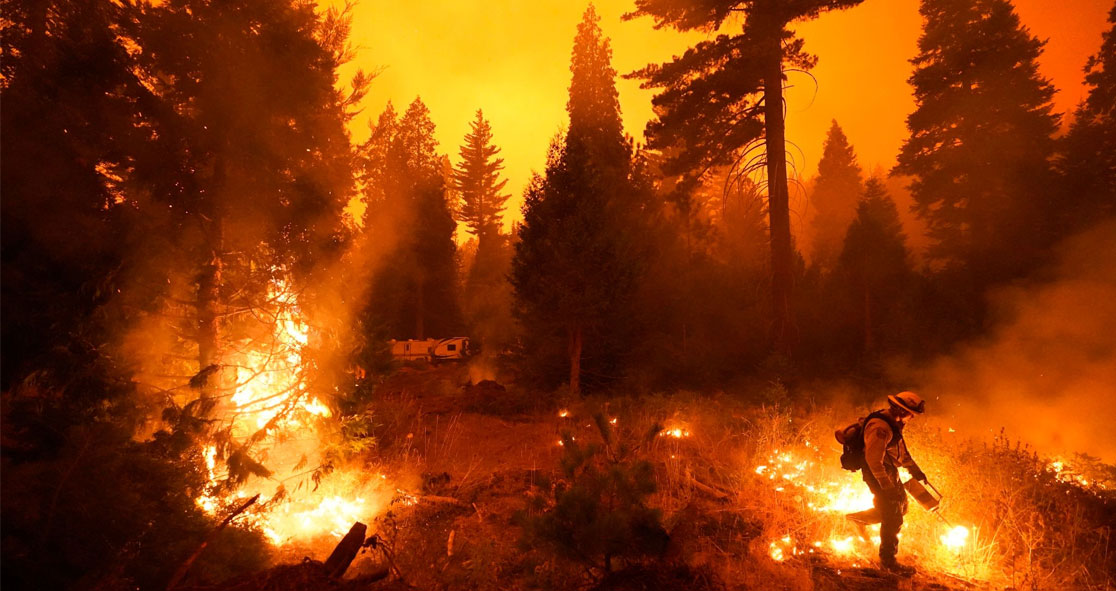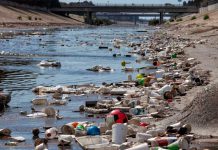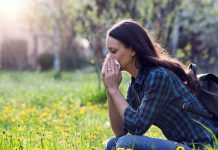Wildfires, winds and heat waves continue to batter several Western states on Tuesday. Heat waves with temperatures exceeding up to 100 degrees converged in a dangerous combination over the weekend.
In California, wildfires led to helicopter rescues, battling smoky skies overnight in an effort to help people trapped in the fiery depths of the Sierra National Forest. More than 360 people have flown to safety by Tuesday afternoon.
In Oregon, wildfires in Santiam Canyon east of Salem covered the city in thick smoke that made the sky look apocalyptic orange. The Oregon Department of Corrections rescued 1,450 inmates from three nearby prisons.
In Washington State, authorities have said that 80 percent of homes and structures in Malden had been destroyed by wildfires. They said many buildings, including the fire station, city hall, post office, and the library, were completely destroyed and burned to the ground.
Brett Myers, the sheriff of Whitman County, Wash., said, “The scale of this disaster really can’t be expressed in words. I pray everyone got out in time.”
California Gov. Gavin Newsom discussed the state’s efforts to combat wildfires over the holiday weekend, emphasizing that most wildfires are avoidable.
Newsom said that at this time last year, nearly 118,000 acres had burned, compared with 2.3 million acres this year, making this year’s devastation the biggest wildfire season in modern history. He said, “We’re resilient. We’ll get through this. This is not a permanent state.”
Washington Gov. Jay Inslee said on Tuesday that nearly 330,000 acres had burned across the state on Monday. He said, “The devastation is all over our state.”
Inslee said he would be visiting Malden on Thursday. He said the city officials told him that it looked like a bomb had gone off.
On Monday, the skies around Denver were thick with haze, smoke and ash, which resulted from a wildfire that roared through the forests near Rocky Mountain National Park. And by Tuesday morning, there was snow on the ground, with the temperature plunging to more than 50 degrees.
David Barjenbruch, a senior forecaster at the National Weather Service in Boulder, said, “We switched from summer to winter in a day.”
“It’s going to hang on trees and give the fire no fuel to burn, and give firefighters a chance to catch up,” he added. “This is the best thing that could’ve happened for this fire.”
Experts have said that there is a strong connection between California’s wildfires and climate change.
Park Williams, a bioclimatologist at Columbia University’s Lamont-Doherty Earth Observatory, said, “This climate change connection is straightforward: Warmer temperatures dry out fuels. In areas with abundant and very dry fuels, all you need is a spark.” “In pretty much every single way, a perfect recipe for fire is just kind of written in California,” he added. “Nature creates the perfect conditions for fire, as long as people are there to start the fires. But then climate change, in a few different ways, seems to also load the dice toward more fire in the future.”























